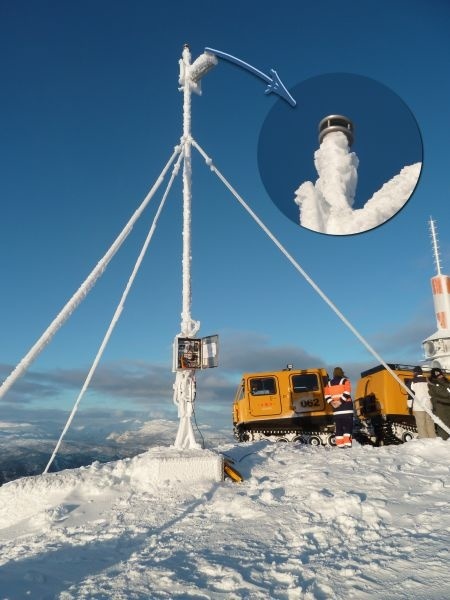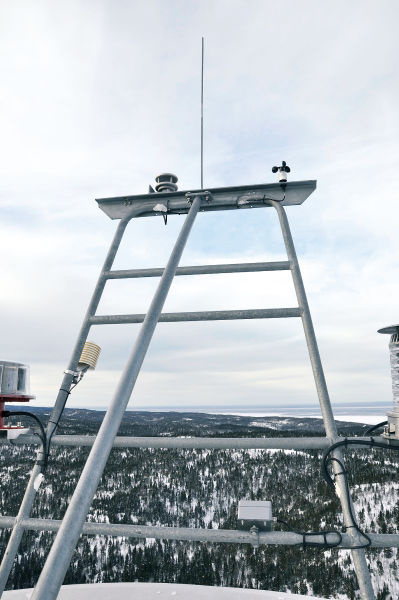G. Lufft Mess- und Regeltechnik: Is there a perfect wind sensor to control wind turbines?
At the same time, the turbines are getting bigger and bigger. This means that they need better reliability over longer periods of use. It takes 8-10 years to amortize the cost of the turbines, followed by several years of operation for the investment to turn profits.
Compared to cars, wind turbines are still in their adolescence. A modern car has hundreds of sensors built in where a wind turbine costing millions of Euros is currently controlled by just over one hundred sensors. It is not difficult to predict that the number of sensors will increase significantly in the years to come. The following article tells about wind sensors designed to put the turbines directly in the wind.

Some wind turbine manufacturers were developing their own wind sensors just a few years ago. This was due to the face that the well-known manufacturers of wind sensors were making them primarily for meteorological applications. Wind turbines are outdoor industrial complexes. Meteorological wind sensors were not designed with long-term, maintenance-free operation in mind. Rather, they were designed for extreme precision. For manufacturers of sensors this means that there should be different wind sensors designed for meteorological applications and weather-dependent control of industrial turbines.
The ideal sensor has both a high degree of precision and a long, maintenance-free useful life under the most extreme of conditions. While mechanical anemometers were initially used in turbines, most producers around the world have since switched to ultrasonic anemometers without moving parts as part of their standard equipment. And so turbines operate sometimes with just one sensor or are sometimes redundantly equipped with two. Controlling the turbine complex requires a high frequency of data, typically one measurement a second, or better ten measurements per second. Processing the data then takes place in the manufacturer’s controller.
All wind turbine manufacturers no longer produce sensors in-house and now depend on specialist vendors to provide them with the development and production of wind sensors.
Before a wind sensor can be installed on a turbine, a lot of tasks need to be taken care of. Turbine manufacturers expect scientific evidence from makers of sensors before they let them cross their threshold.
Some of this evidence includes results from:
» Salt corrosion tests
» Vibration tests in the lab
» Icing tests in the lab and outdoors
» Destructive HALT testing
If passing grades are made on these tests, wind turbine manufacturers then require continuous improvement processes, i.e. constant improvement towards absolute error-free operation. Then the tests listed above are repeated.
We have performed these tests repeatedly in the last few years to make our Ventus the perfect sensor. We have not yet quite made it all the way, but have a lot of the work behind us now. These kind of long-range goals may not make sense for those focused on quarterly results. But we are dedicated to meeting the long-term challenge of creating an error-free wind sensor with a long, useful life.

- Source:
- Author of the article: Klaus Hirzel Managing Director G. Lufft GmbH
- Email:
- info@lufft.de
- Link:
- www.lufft.de/...
